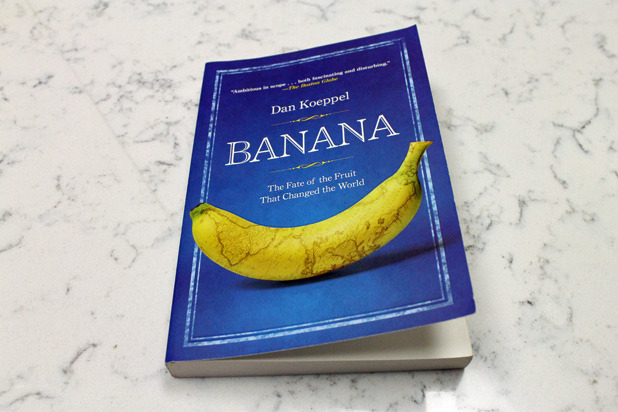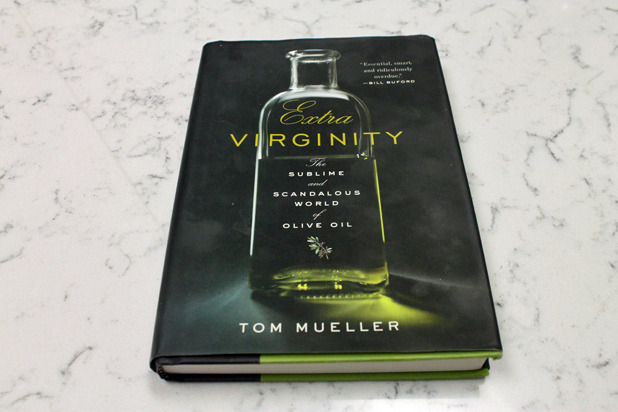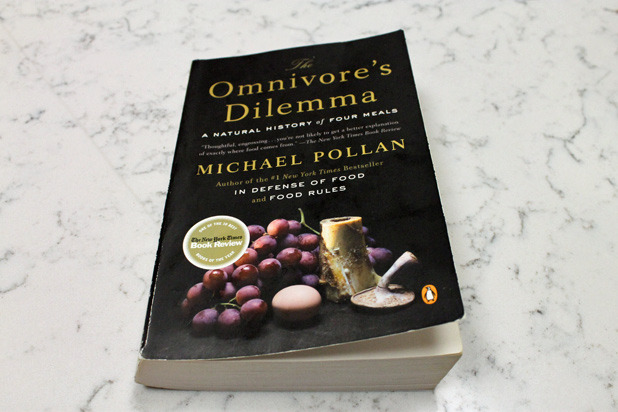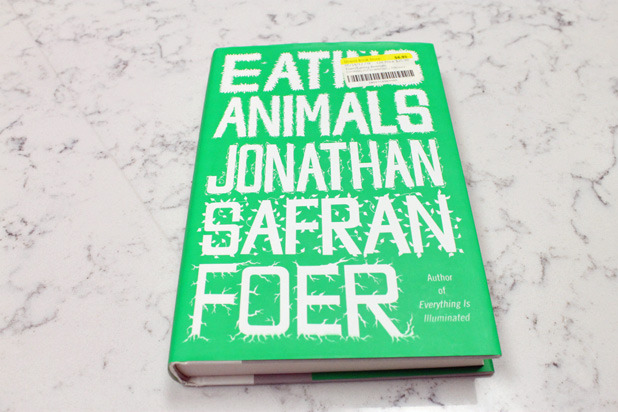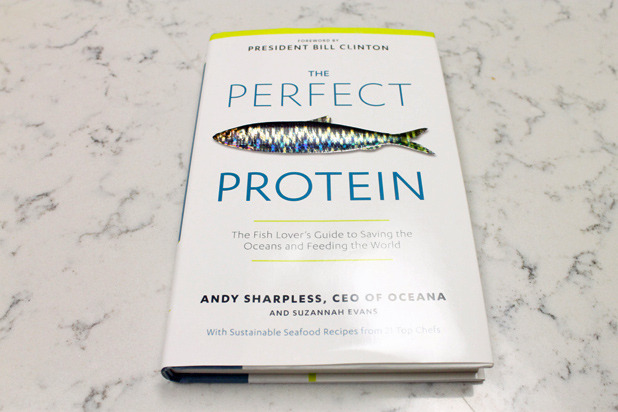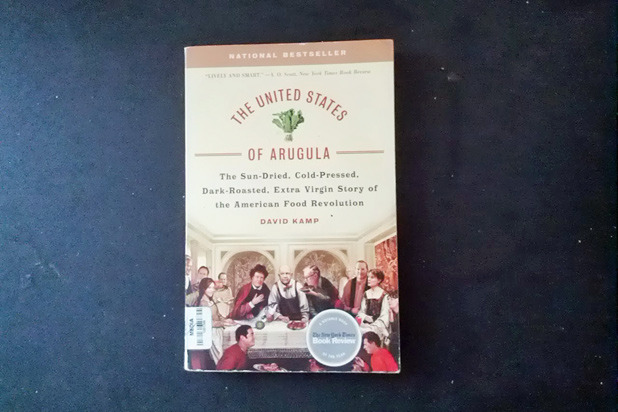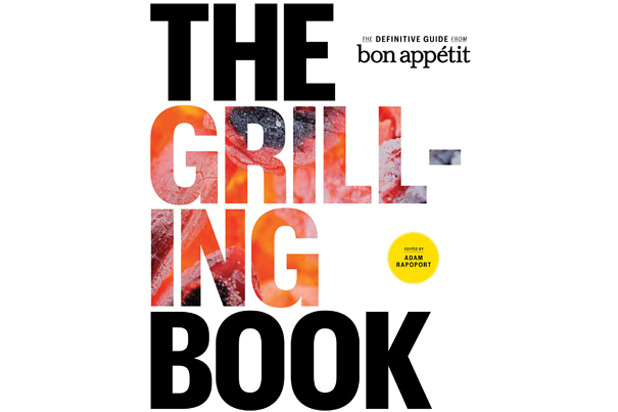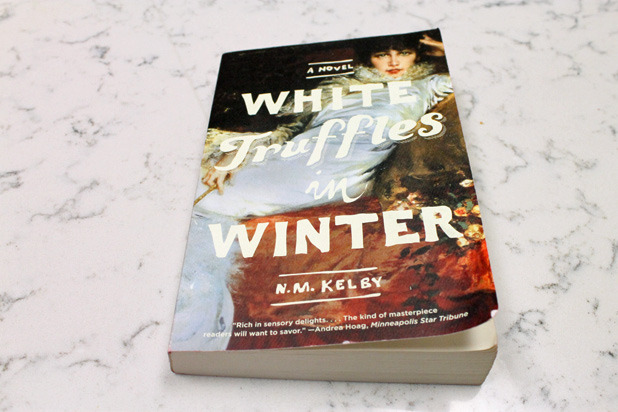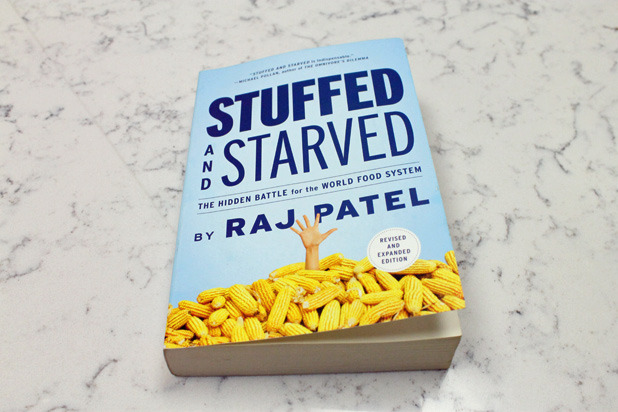10 Must-Read Books For Home Cooks This Summer Slideshow
From working at a peach grower, a garlic grower, and a grape grower in the fields of California to slogging through nightshifts at Walmart in the outskirts of Detroit, Tracie McMillan has followed the path that food takes to get to our forks and mouths, literally. Her first-person account of her adventures, The American Way of Eating, is gritty undercover investigative reporting at its best and most riveting. McMillan goes beyond simply reporting what happens, though, as she weaves in relevant tidbits about issues pertaining to the food industry from her extensive research. It's at the top of our list, and it should be at the top of yours, too.
The Banana Is in a Pickle — Here's Why
The banana is a fruit that we all probably take for granted. Think about it. When was the last time you gave serious thought to the funny-looking fruit as you walked past a bunch in the produce aisle?
Dan Koeppel, author of Banana: The Fate of the Fruit That Changed the World, shows readers that there's much more to the fruit than meets the eye. Did you know, for instance, that banana growers around the world are continuing to battle a fungus that ravages entire plantations? It's not something you hear about every day, yet it threatens the very existence of the banana we all know and love. And it's not the first time it's happened. Last time, we found a "new" banana, but this time, we may not be so lucky.
Koeppel makes a serious case for GMO bananas (gasp!) that will have even the most die-hard organic food lovers wondering if it's the only way to save the fruit. Hanging in the balance lies the fate of those who depend on the banana for sustenance, not just as a convenient snack food.
Koeppel's fast-paced and dynamic writing style condenses all the current research out there into a very readable book that would have been twice as long if written by anyone else, while leaving readers hungry for more.
Some Olive Oil Peddlers Are as Slick as Their Product
There's been quite a lot of chatter lately about fraudulent olive oil — think of that episode of Dr. Oz, for example, where viewers were advised to put bottles in their refrigerator to check if they had been adulterated with cheaper oils (which, by the way, doesn't work, according to Eryn Balch, executive vice president of the North American Olive Oil Association).
There's also been a lot of chatter about the health benefits of olive oil; take, for instance, the much-cited recent study by the New England Journal of Medicine about the long-term health benefits of the consumption of olive oil.
So, clearly, it's something most people will want to have more of, but how do you sort through the bad and get to the good? Tom Mueller shows the way in Extra Virginity: The Sublime and Scandalous World of Olive Oil, giving readers an inside glimpse into how olive oils are tested, how to tell a good-quality oil from a bad one, and all the various (scandalous) ways some producers have tried and still are trying to scam consumers.
To Eat or Not to Eat
In The Omnivore's Dilemma, Michael Pollan points out why organic isn't all it's cracked up to be, how it's still better than "industrial" farming, and how a biodynamic farm that offers an alternative to both may be the way of the future. He also points out how corn shows up in surprising places in our food, why feedlot steer get sick (and then need tons of antibiotics), and why that friendly guy in the brimmed hat at the farmers' market probably isn't really a farmer.
Word to the wise: This book is not for the squeamish, as Pollan offers detailed accounts of conditions at industrial feedlots for cattle and at chicken farms, as well as the slaughter of animals. We believe it is, however, essential reading for anyone who wants to make informed decisions about what they are eating and what they are feeding their families.
To Eat or Not to Eat, Part 2
If you've read The Omnivore's Dilemma, then Eating Animals by Jonathan Safran Foer should be next on your reading list. Why? Well, for starters, somewhere in the middle (page 113, to be precise) there's a stinging critique of the biodynamic farm in Pollan's book by a poultry farmer, Frank Reese. Reese says, "Michael Pollan wrote about Polyface Farm... like it was something great, but that farm is horrible. It's a joke. Joel Salatin is doing industrial birds. Call him up and ask him. So he puts them on pasture. It makes no difference. It's like putting a broken-down Honda on the Autobahn and saying it's a Porsche. KFC chickens are almost always killed in 39 days. They're babies. That's how rapidly they're grown. Salatin's organic free-range chicken is killed in 42 days. 'Cause it's still the same chicken."
We think that's the best part of the book, so if you want to save yourself about 265 pages of reading, you can stop here. But if you're a curious bunch like us, you'll certainly want to read the rest of the book, which has lots of other interesting, juicy tidbits about factory farming and other stuff (Bill Niman's wife is a vegetarian, for instance). Plus, while Pollan's tone is mostly scientific (which can be good), Foer's is fresh and irreverent, which makes for a fun read. Need an example? Well, in his "Case for Eating Dogs" Foer points out:
"Our taboo against dog eating says something about dogs and a great deal about us.
The French, who love their dogs, sometimes eat their horses.
The Spanish, who love their horses, sometimes eat their cows.
The Indians, who love their cows, sometimes eat their dogs."
It'll be a real quick 265 pages.
Let Them Eat Fish
Is the world running out of fish or not? One look at Monterey Bay Aquarium's Seafood Watch List and it seems like our choices are dwindling. One look at the seafood counter at the store seems to say the opposite; the display is filled with a veritable bounty of fish. But this is just an illusion, says Andy Sharpless, author of The Perfect Protein. Sharpless, CEO of Oceana, a conservation group, outlines a simple plan of action to help save the world's fisheries and feed the world's growing population and growing demand for animal protein — by 2050, the United Nations has projected the world population to reach 9 billion, and will require 50 percent more food.
Former President Bill Clinton weighs in at the beginning and a bunch of your favorite stars like Mario Batali and Emeril Lagasse share their totally doable recipes for some sustainable fish in the back. What's not to like?
Hey France, American Food Doesn't Suck Anymore
When you go to a farm-to-table restaurant and have, say, a fresh garden salad with olive oil and goat cheese, have you ever wondered how we, as a country, came to eat the way we do now? David Kamp in The United States of Arugula tells exactly how: by taking readers on a journey through what he calls the Great American Food Revolution, with a chronological recounting of stories about people who changed the landscape of how people eat in our country, including Julia Child, Alice Waters, and Craig Claiborne. They changed not only how we eat at restaurants, but also how and what we choose to cook at home.
Fire It Up!
OK, so this hefty volume is a bit much to take to the beach or lake, but if there's somewhere you can grill there, you may want to try anyway. The Grilling Book, edited by Adam Rapoport, editor-in-chief of Bon Appétit magazine, has 380 recipes, culled together from past issues of the magazine, which run the gamut from American classics like The Perfect Cheeseburger and a Salt-and-Pepper Rib-Eye to internationally inspired dishes like Cambodian-Style Ginger-Honey Baby Back Ribs. But it's not just a collection of recipes; throughout the book, accessible advice about equipment and technique help ensure grilling success.
The Steamy Summertime Novel
If beach time not only means a bathing suit and sunscreen but a steamy love novel as well, then White Truffles in Winter by N. M. Kelby is for you. Recounting the tale of renowned French chef Auguste Escoffier's love affair with two women — his wife poet Delphine Daffis and the infamous actress Sarah Bernhardt — the novel puts a fictional spin the French chef's life and influence on our culinary culture. You'll read historical accounts of his career working in kitchens in pre- and postwar Europe, one which would later revolutionize the way we cook and eat today, that are woven in and out of lustrous tales of romance and drama between his betrothed and the impulsive actress.
Be warned: You may have to Google a few details here and there to decipher what's real and what's not (and in fact the rumors of Bernhardt are true), but you'll certainly be entertained as you educate yourself in the foundations of French cooking that were brought to us by Escoffier.
Hey, Where Do You Guys Put the Certified Organic, Humanely Raised, Free-Range Ostrich Eggs?
Ever wondered why, when you go to the local supermarket, there are only ever yellow peaches, white peaches, and donut peaches in the summer, but if you go to a typical farmers' market, there are dozens of varieties?
In Stuffed and Starved, Raj Patel answers questions like this and more, delving into how the current system for growing and distributing food concentrates power over the choices that consumers have in the hands of very few, very large multinational corporations.
Patel calls this distortion the "hourglass effect" and it explains the many contradictions we see today when it comes our relationship with food. "Today, when we produce more food than ever before, more than one in seven people on Earth are hungry. The hunger of around one billion happens at the same time as another historical first: that they are outnumbered by the one and a half billion people on this planet who are overweight."
Over the course of the book, Patel explains how this came to be, starting at the top of the hourglass with an overview of the difficulties that the many small farmers face throughout the world today, through the funnel with a discussion about how government policies affect these farmers, straight into the narrow middle with an illustration of how agribusiness has power both over farmers and consumers, and out the other end with a look at how supermarkets and food distributors control our choices at the store. It's a great book for those looking for a bit more of a substantial read.

